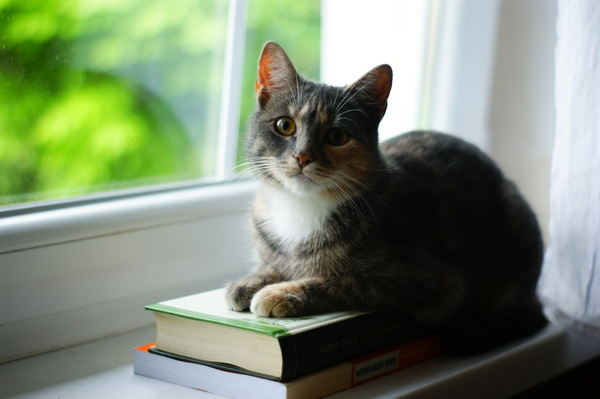Handling Wetness Control in Cat Litter
Handling Wetness Control in Cat Litter
Blog Article

Cat litter and litter boxes play a pivotal function in the lives of both felines and their owners. From the simple starts of sand and soil to the ingenious advancements of today, the world of cat litter has developed substantially. In this thorough guide, we delve into every aspect of cat litter and litter boxes, exploring their history, types, benefits, difficulties, and whatever in between.
The history of cat litter go back centuries, with ancient civilizations utilizing sand, soil, and even ashes as primitive litter products. Nevertheless, it wasn't till the mid-20th century that modern cat litter as we know it emerged. In 1947, Edward copyright introduced the world's very first commercial cat litter made from absorbent clay, transforming the way cats relieved themselves indoors. Because then, cat litter has undergone numerous transformations, with the introduction of clumping litter, silica gel litter, naturally degradable choices, and more.
Today, cat owners are spoiled for option when it pertains to picking the ideal litter for their feline buddies. Conventional clay litter remains popular for its cost and effectiveness in absorbing odors. Clumping litter, which forms strong clumps when wet, streamlines cleansing and maintenance. Silica gel litter, composed of highly absorbent silica crystals, uses remarkable smell control and durability. Naturally degradable choices, such as recycled paper, wood pellets, corn, and wheat, attract environmentally conscious customers.
Each kind of cat litter provides distinct advantages. Clay litter masters its capability to take in moisture cat litter robot and control odors, making it a dependable choice for wood pellets cat litter lots of feline owners. Clumping litter simplifies daily scooping and extends the time in between complete litter changes. Silica gel litter supplies remarkable odor control and can last longer between replacements. Eco-friendly litters provide a sustainable alternative that minimizes environmental effect.
While cat litter boosts indoor feline hygiene, it is not without its obstacles. Dust from clay litter can present respiratory risks for both felines and humans, triggering the appeal of dust-free alternatives. Some felines may establish litter box aversion due to issues with texture, aroma, or cleanliness, demanding experimentation with different litters and box setups. Multi-cat homes may require tactical litter box placement and regular maintenance to avoid territorial conflicts and ensure all felines have access to clean facilities.
Selecting the suitable litter box is essential for promoting favorable litter box habits and total feline well-being. Aspects to consider consist of size, accessibility, and style preferences. Covered litter boxes offer personal privacy and aid contain odors, however some felines may find them restricting or frightening. Open-top litter boxes provide simple access and exposure however may lead to more litter scatter. Automatic self-cleaning litter boxes streamline upkeep however require routine tracking and upkeep.
Correct litter box maintenance is essential for making sure a clean and inviting environment for both felines and their owners. Daily scooping removes waste without delay, reducing smell and preventing litter box aversion. Routine litter replacement, normally every 1-2 weeks, avoids bacterial cat litter box accumulation and maintains optimum absorbency. Thorough cleansing with mild detergent and water, preventing extreme chemicals that may discourage felines from utilizing the box, ought to be carried out monthly.
Cat litter and litter boxes play a main function in fostering a healthy and harmonious relationship in between felines and their human buddies. With a diverse range of litter choices and litter box styles readily available, cat owners have the flexibility to tailor their options to match their felines' choices and household needs. By understanding the development, types, advantages, and obstacles of cat litter and litter boxes, pet owners can provide their feline buddies with a comfortable and sanitary indoor environment.